Treatment Option Overview: Traditional Braces vs. Clear Aligners
Which orthodontic treatment option might work best for you?

Though there are several treatment options available when it comes to professional orthodontic care, the two most common options are traditional braces and clear aligners. The orthodontist will surely provide a recommendation based on the patient's dental anatomy and needs, but there are many factors to consider when deciding which treatment option would be best for the patient:
Severity of Misalignment
Unfortunately, not everyone pursuing orthodontic care will have much choice when deciding on a treatment option. Traditional braces are often highly recommended when there is severe misalignment. Is it is often difficult for clear aligner rays to grip rounder teeth, like bicuspids, so are generally less effective at rotating these teeth to the desired position.
Comfort
Clear aligners are designed to focus pressure to the upper part of the tooth, so may not, in some cases, be as effective as traditional braces, which apply pressure to the entire tooth. However, this level of pressure plus the sheer amount of metal used for traditional braces, clear aligners tend to be more comfortable than traditional braces.
Patient Compliance
As orthodontic treatment is often initiated when the patient is young, parents should consider the likelihood of their child complying with treatment when deciding which treatment option to pursue. Children who would be prone to losing a clear aligner or not following treatment guidelines might be better suited to traditional, nonremovable braces. Even a slight deviation in not using the clear aligners can impact the overall result of the treatment.
Looks
Though traditional braces have come a long way in terms of esthetics, they are still metal and can be somewhat bulky on the teeth, whereas clear aligners can often go unnoticed.
Diet
A restriction of the foods one can eat with traditional braces may be a deal breaker for some. With traditional braces installed, patients should avoid eating popcorn, chips, pretzels, hard crackers, nuts, ice, hard or chewy bread (like bagels), pizza crust, crunchy fruits or veggies, hard or chewy candy, and chewing gum. Restrictions like this are necessary to keep the braces from being damaged and to keep them clean.
If this change sounds like too much to sacrifice, clear aligners may be the better bet, as they can be removed before eating. One should keep in mind, however, that every moment an aligner tray is outside the mouth is a moment where treatment is being interrupted.
Cost
Even with insurance coverage, orthodontic treatment can get pretty pricey. The cost can vary, of course, by the amount of care needed and the expected time it will take for treatment to be completed.
Traditional braces tend to be a good deal less expensive than clear aligners, though dental insurance may not differentiate between the two when making payment for treatment.
As always, it is a good idea to check with insurance before having any major or expensive dental work done. Your insurance company will be able to explain which treatment options would be covered under your policy so you can have a better idea of possible out-of-pocket expense for each option.
Child or adult, misaligned teeth can be troublesome, but luckily, we live in an age where orthodontic care is readily available - you just have to decide which type you want!






